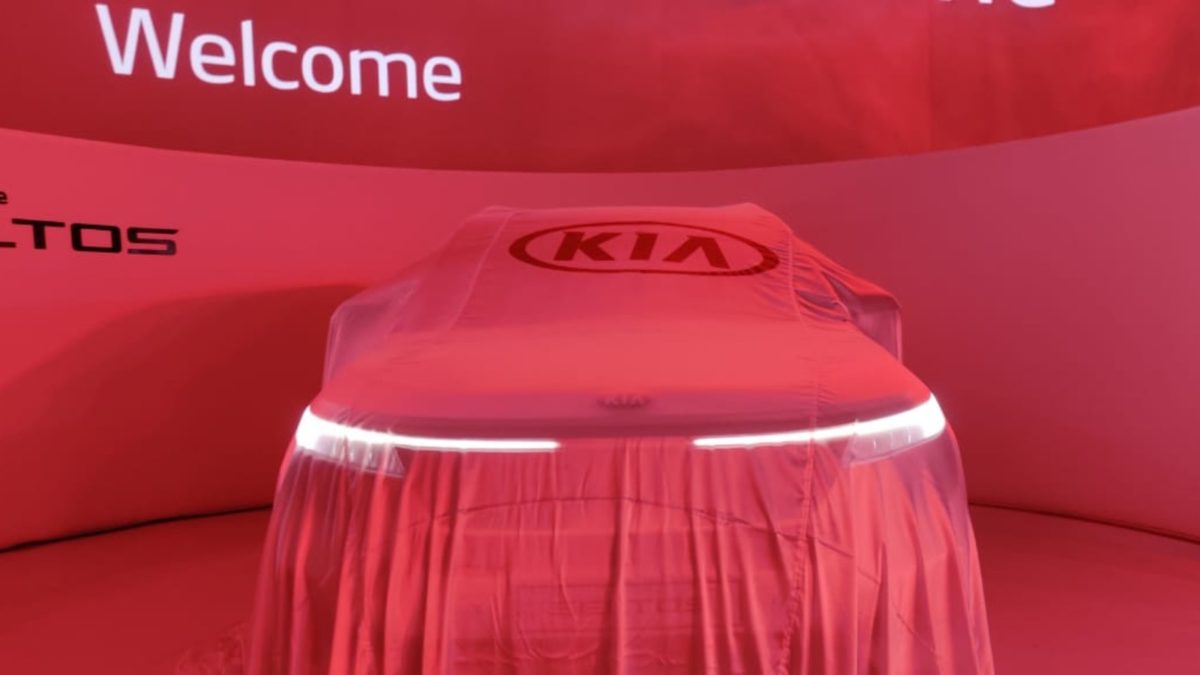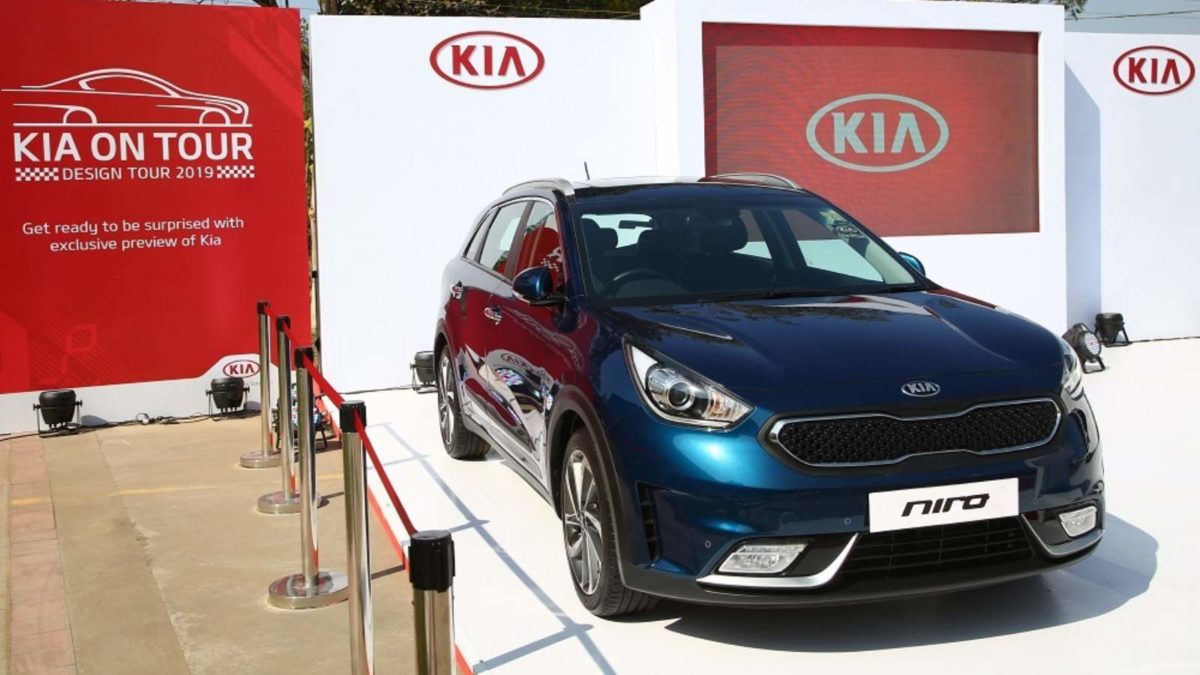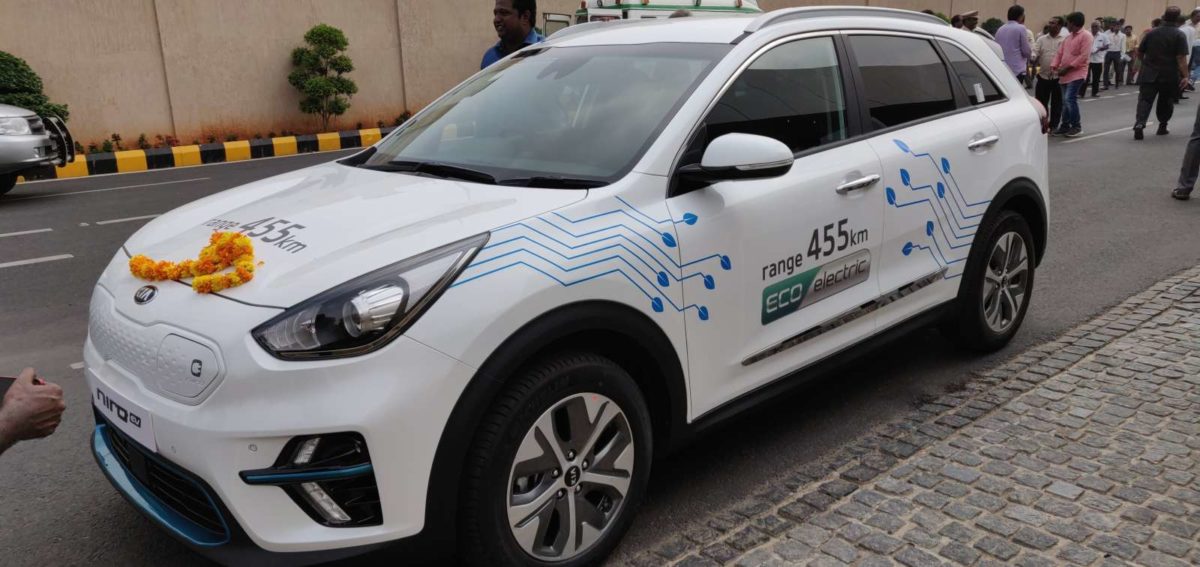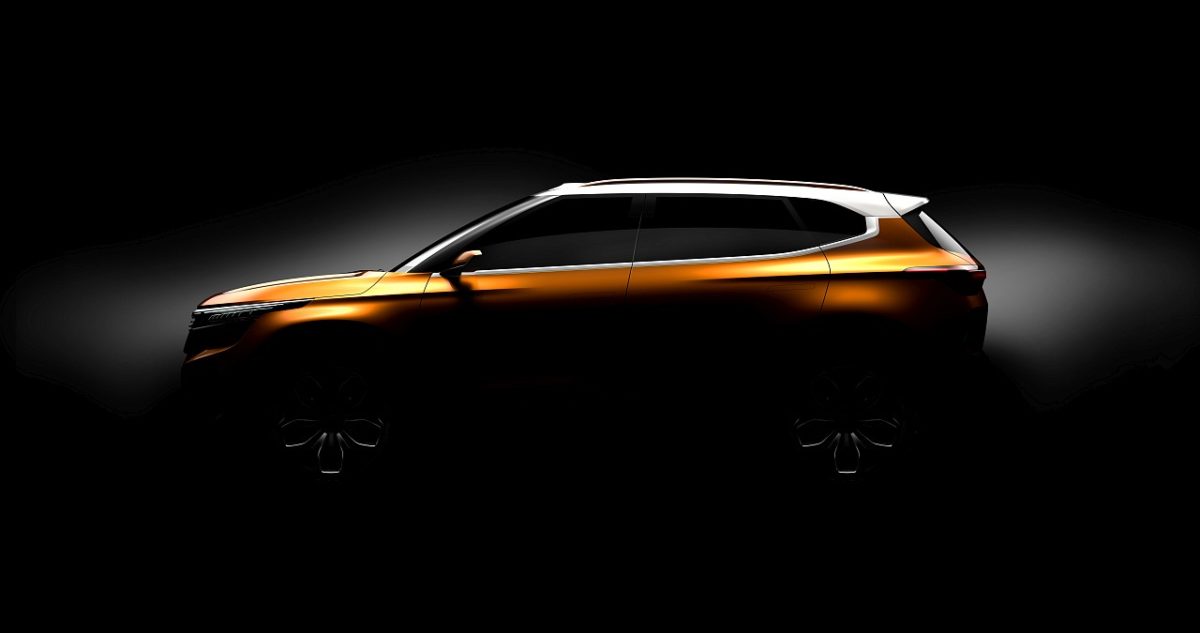Kia Motors Corporation has announced details of ‘Plan S’, the carmaker’s mid- to long-term strategy aimed at establishing a leadership position in the future automotive industry which will include electrification and mobility services, as well as connectivity and autonomy. The Plan S strategy outlines Kia’s preemptive ‘shift’ from a business system focused on internal combustion engine vehicles toward one centred on electric vehicles and customized mobility solutions. The company’s ongoing brand innovation and profitability enhancement will support the two-track Plan S strategy targeting the shift toward electric and autonomous vehicles as well as mobility services.
By the end of 2025, Kia plans to offer a full line-up of 11 battery electric vehicles. With these models, Kia is looking to achieve a 6.6% share of the global EV market (excluding China), while also attaining a 25% share of its sales from its eco-friendly cars. With the global EV market expected to gain strength by 2026, Kia is aiming for 500,000 annual EV sales and global sales of 1 million eco-friendly vehicles (excluding China). Alongside these objectives, Kia will offer EV-based mobility services as part of its new business model, helping solve global urban problems such as environmental pollution. In the Purpose Built Vehicle (PBV) market, anticipated to grow on the back of expanding car-sharing and e-commerce businesses, the company will secure leading-edge competitiveness.
Also Read: Kia Carnival Video Review: Comfort, Space, Features And Variants Explained
The dedicated EV model to be launched 2021 will be built on a unique platform specifically engineered to accommodate the car’s EV powertrain and technologies. It will offer a crossover design, a future-oriented user experience, a single-charge driving range of over 500 kilometres, and sub-20-minute high-speed charging time. Across its EV lineup, Kia plans to operate two different types of EVs with different charging capabilities (400V/800V) — high-performance dedicated models and derivative models with reasonable pricing — to meet the diverse needs of customers. In emerging markets, Kia will focus on expanding sales of internal combustion engine vehicles, while reviewing the selective entry of EVs depending on demand in each market.
Plan S will see Kia Motors invest a total of 29 trillion won ($25 billion) by the end of 2025 to establish leadership in vehicle electrification and diversify its business. As the two strategic objectives of Plan S, Kia will concentrate on leading the popularization of electric vehicles and expanding mobility services for electric and autonomous vehicles, as well as entering the PBV business. Kia’s new brand system, which is slated to be revealed in the second half of this year, is currently being formulated under clear objectives. This includes becoming a pioneer in the age of EVs, a brand loved by the millennial generation (those with a good grasp of information technology born between the early 1980s and early 2000s, a period witnessing the transition from the analogue to the digital era) and Z generation (those born after the mid-1990s and grown-up largely in a digital environment with a natural inclination for using digital tools, hence their nickname, ‘digital natives’, and a symbol of challenge and innovation.
Kia will focus on securing its leadership in the global EV market by adopting a strategy of product differentiation, such as launching a dedicated EV model, as well as by establishing a company-wide innovation system. By prioritizing future customer value, the company also plans to develop and release innovative EV models, offering a differentiated product appeal, such as an EV-specialized design, user experience and quality. Starting with the launch of its maiden dedicated EV model in 2021, Kia will establish a full EV line-up of 11 models by 2025, adding new EV models to its whole line-up along the way, including passenger vehicles, SUVs and MPVs from 2022.
Kia will diversify its business to offer eco-friendly mobility services centred on electric and autonomous driving across major global cities. It will also enter the Purpose Built Vehicle (PBV) market, where demand is expected to grow amid the proliferation of e-commerce and car-sharing, eventually securing a new corporate client base there. In key global cities that are actively responding to climate change and supporting EV popularization, Kia will collaborate with local partners to establish Mobility Hubs that house EV charging stations, vehicle maintenance centres and various convenience facilities. These Mobility Hubs will be utilized as transfer stations between electric vehicles and internal combustion engine vehicles, the latter of which cannot enter certain urban areas due to environmental regulations. Using various infrastructures such as charging stations and convenience facilities inside the Mobility Hubs, Kia will explore new business models. In the long term, the company aims to operate self-driving robotaxis and on-demand roboshuttles in urban centres that also operate the Mobility Hubs.
Kia – as part of Hyundai Motor Group – signed a joint venture agreement in September 2019 with Aptiv, a world-leading enterprise specializing in the development of autonomous driving solutions. This partnership will help the brand advance its Society of Automotive Engineers International Level 4 and Level 5 autonomous driving technologies that will constitute the core capabilities of future mobility solutions. Through the joint venture, Kia will develop an autonomous driving platform by 2022, and run experimental operations in select areas in 2023. It will be followed by commercial production in the second half of 2024, and supply the platform to global automakers and mobility services firms.
Having successfully landed in India, Kia’s penetration of the world’s fourth-largest auto market will continue. Following last year’s successful inauguration of the Kia Motors India plant in Andhra Pradesh state and the introduction of the Seltos SUV, Kia intends to continue its growth trajectory by adding new RV models. This will enable the factory to meet its production capacity of 300,000 units per year by 2022.




